Verticillium Wilt
siberian2
12 years ago
Related Stories

LANDSCAPE DESIGN7 Great Trees for Summer Shade and Fall Color
These landscape-pro faves straddle the seasons beautifully. Could one enhance your own yard?
Full Story
LANDSCAPE DESIGNPretty Trees for Patios, Paths and Other Tight Spots
Choose trees for their size, shape and rate of growth — or shape them to fit your space. Here's how to get started
Full Story
EDIBLE GARDENSSummer Crops: How to Grow Tomatoes
Plant tomato seedlings in spring for one of the best tastes of summer, fresh from your backyard
Full Story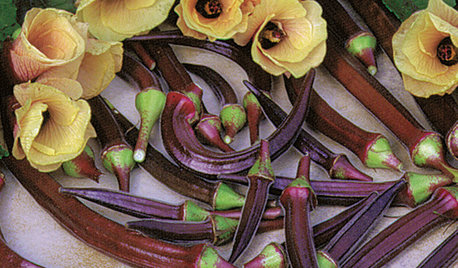
GARDENING GUIDESSummer Crops: How to Grow Okra
Go for the gumbo with this quick-growing edible that brings colorful pods and delicate flowers to a summer garden
Full Story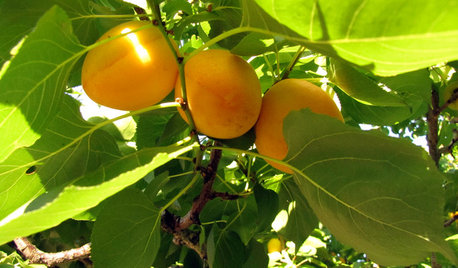
EDIBLE GARDENSHow to Grow Your Own Apricots
Velvety fruit, pretty blossoms and interesting bark make apricot trees a delight — and they’re great for smaller gardens
Full Story





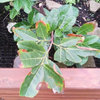
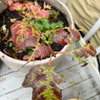
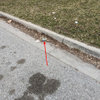
hortster
jean001a
Related Professionals
Windham Landscape Architects & Landscape Designers · Carson Landscape Architects & Landscape Designers · Kenmore Landscape Architects & Landscape Designers · Milwaukee Landscape Architects & Landscape Designers · River Forest Landscape Architects & Landscape Designers · Westwood Landscape Contractors · Beachwood Landscape Contractors · Berwyn Landscape Contractors · Dallas Landscape Contractors · Las Vegas Landscape Contractors · North Canton Landscape Contractors · Norwalk Landscape Contractors · Roseville Landscape Contractors · University City Landscape Contractors · Wilsonville Landscape Contractorssiberian2Original Author
hortster
siberian2Original Author
jean001a
siberian2Original Author
jean001a
siberian2Original Author
jean001a
hortster